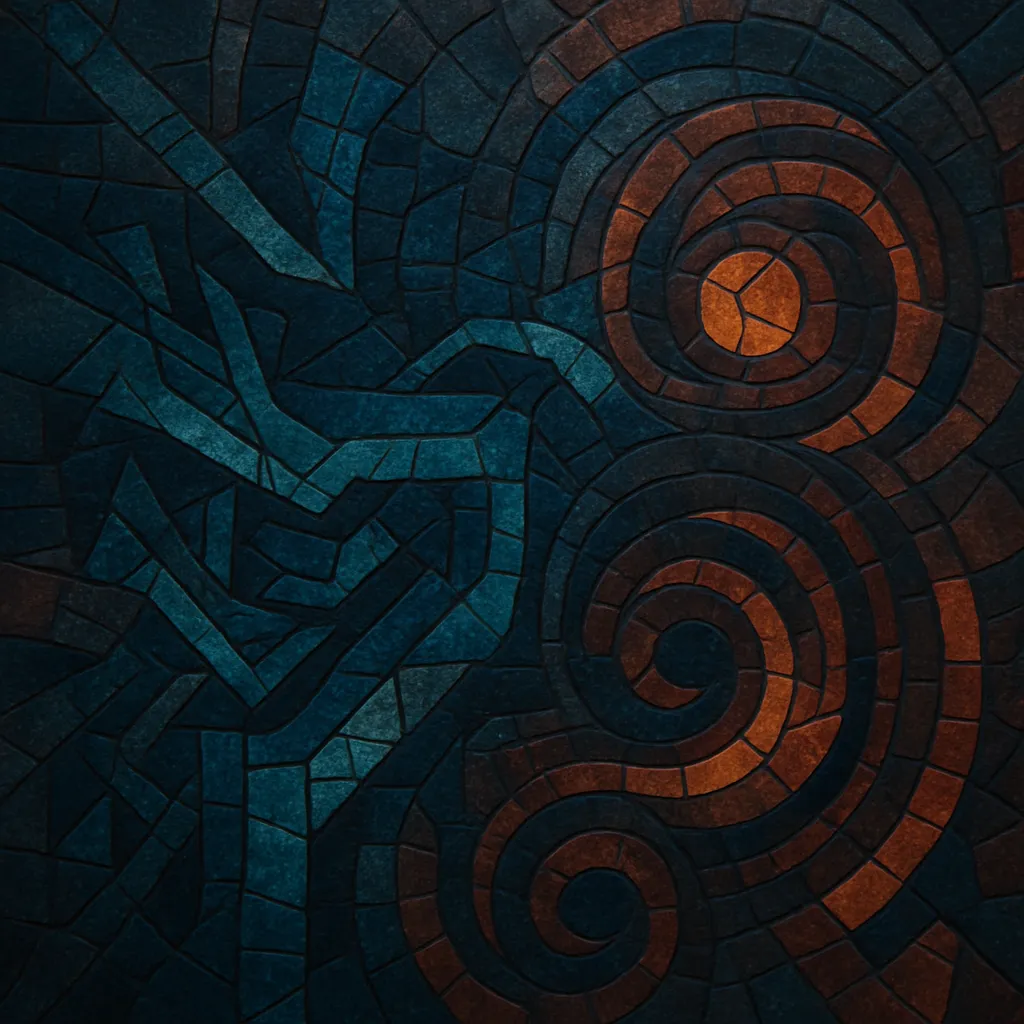Neurohop is a bass music subgenre that fuses the intricate, high-tech sound design and tense atmospheres of neurofunk with the swagger, swing, and groove of hip hop and glitch-hop tempos.
Typically sitting around 90–115 BPM (often felt as halftime), it emphasizes surgically sculpted mid-bass lines, resampled textures, and precision drum programming. The result is music that is simultaneously head‑nodding and highly technical, pairing hip hop’s rhythmic feel with the detailed modulation, movement, and spectral complexity associated with modern drum and bass and dubstep.
Neurohop emerged in the early 2010s as producers began slowing neurofunk-inspired sound design down to hip hop and glitch-hop tempos. The style took shape in online communities and labels focused on advanced bass design, where artists traded resampling techniques, modulation chains, and mix approaches that enabled the complex mid-bass movement associated with neuro.
Producers such as KOAN Sound, Culprate, and Reso helped define the palette: punchy halftime drums, razor‑edged bass articulations, and cinematic foley layers. Around the same time, scenes in the UK and Europe (especially Bristol’s bass ecosystem) intersected with global glitch-hop communities, further codifying the term "neurohop" and its production methods.
By the mid‑2010s, neurohop’s aesthetic bled into adjacent styles. The halftime branch of drum and bass adopted similar bass architectures at 85–87/170–174 BPM, while midtempo bass and hybrid trap borrowed its resampling, movement, and distortion strategies. This cross‑genre exchange kept neurohop relevant as both a standalone sound and a toolkit for modern bass music.
Neurohop remains a niche but influential craft-driven style. It thrives among producers who value meticulous sound design, rhythmical nuance, and hybridization, continuing to inform midtempo bass, halftime DnB, and cutting-edge hybrid trap.


